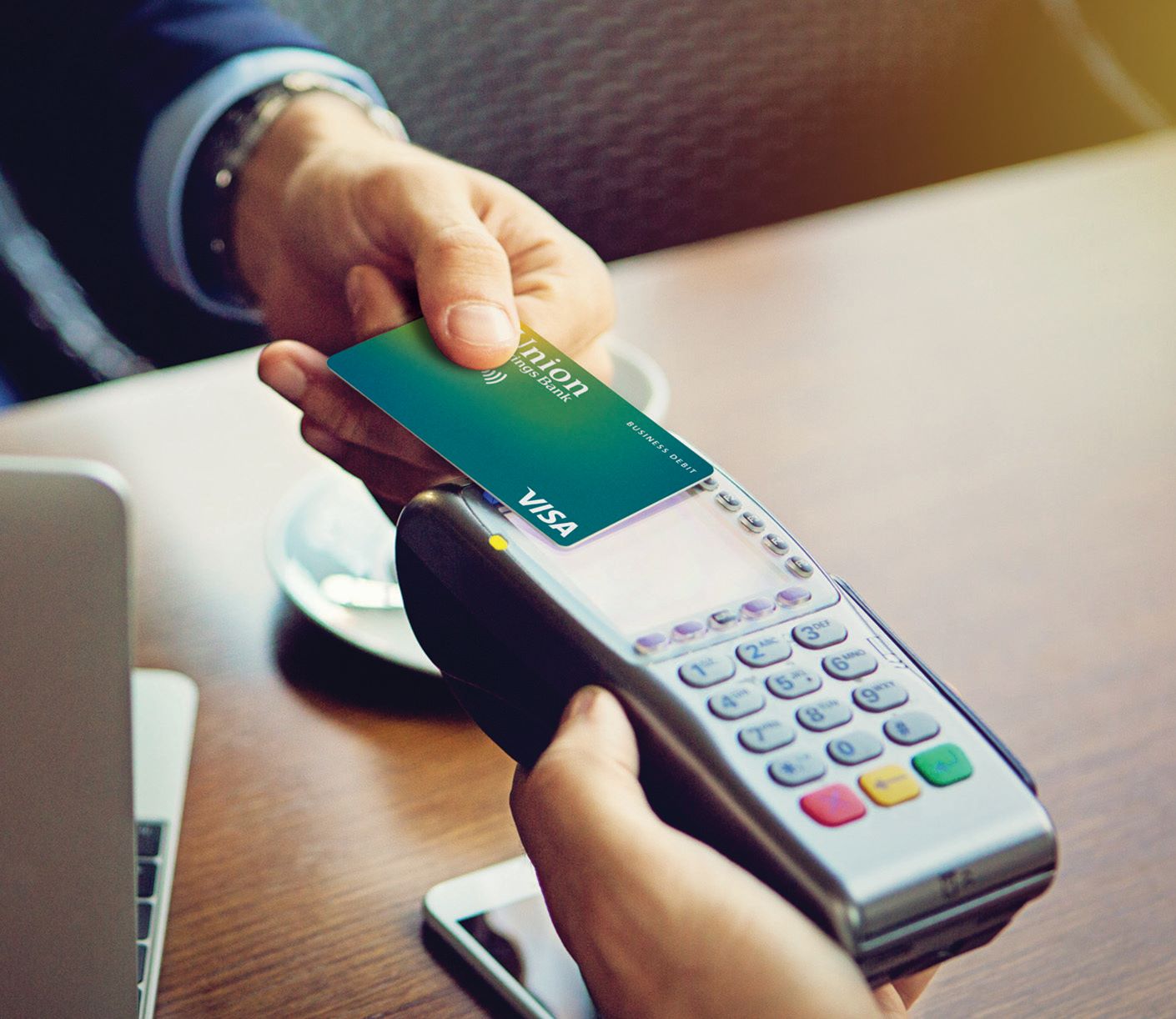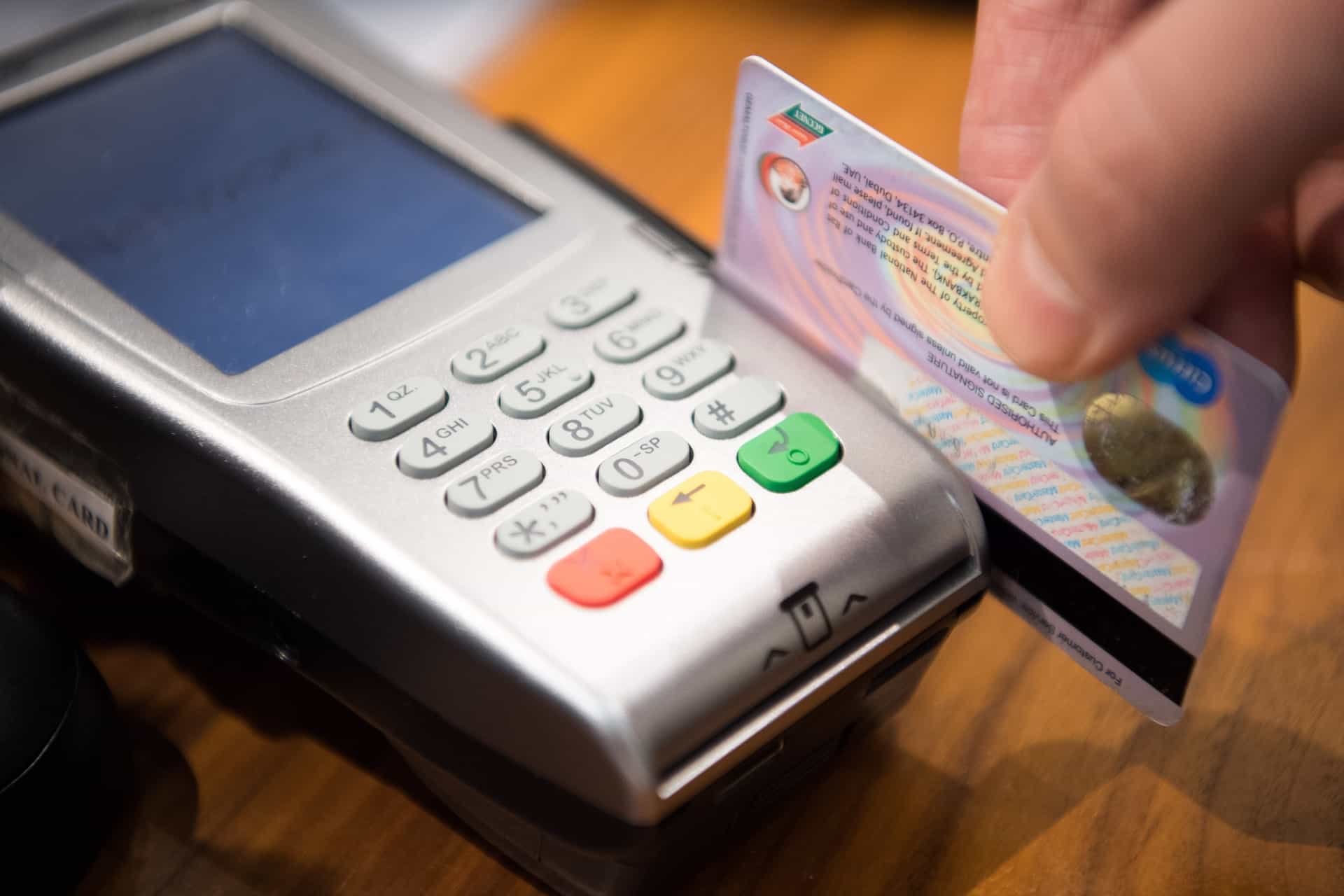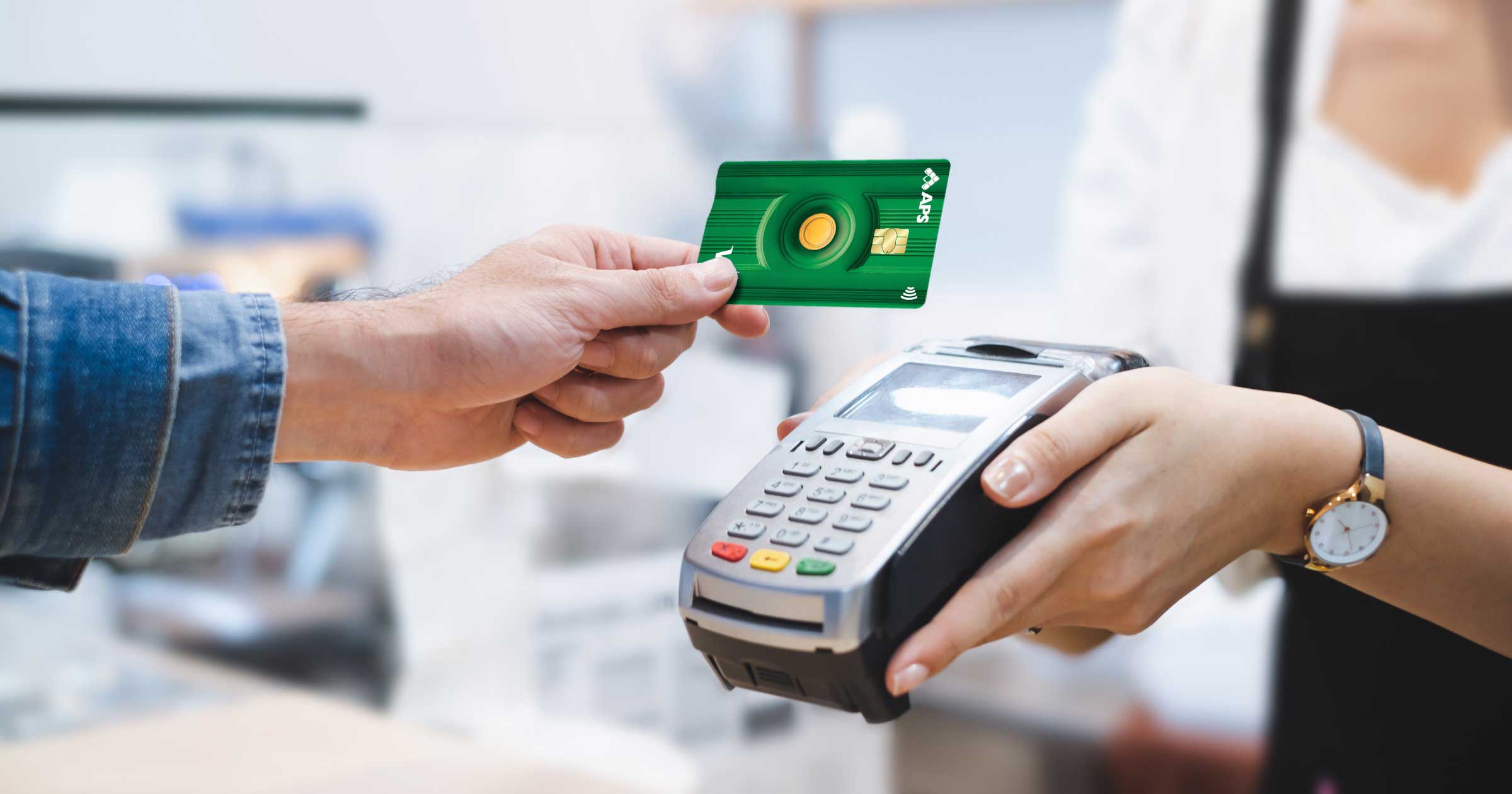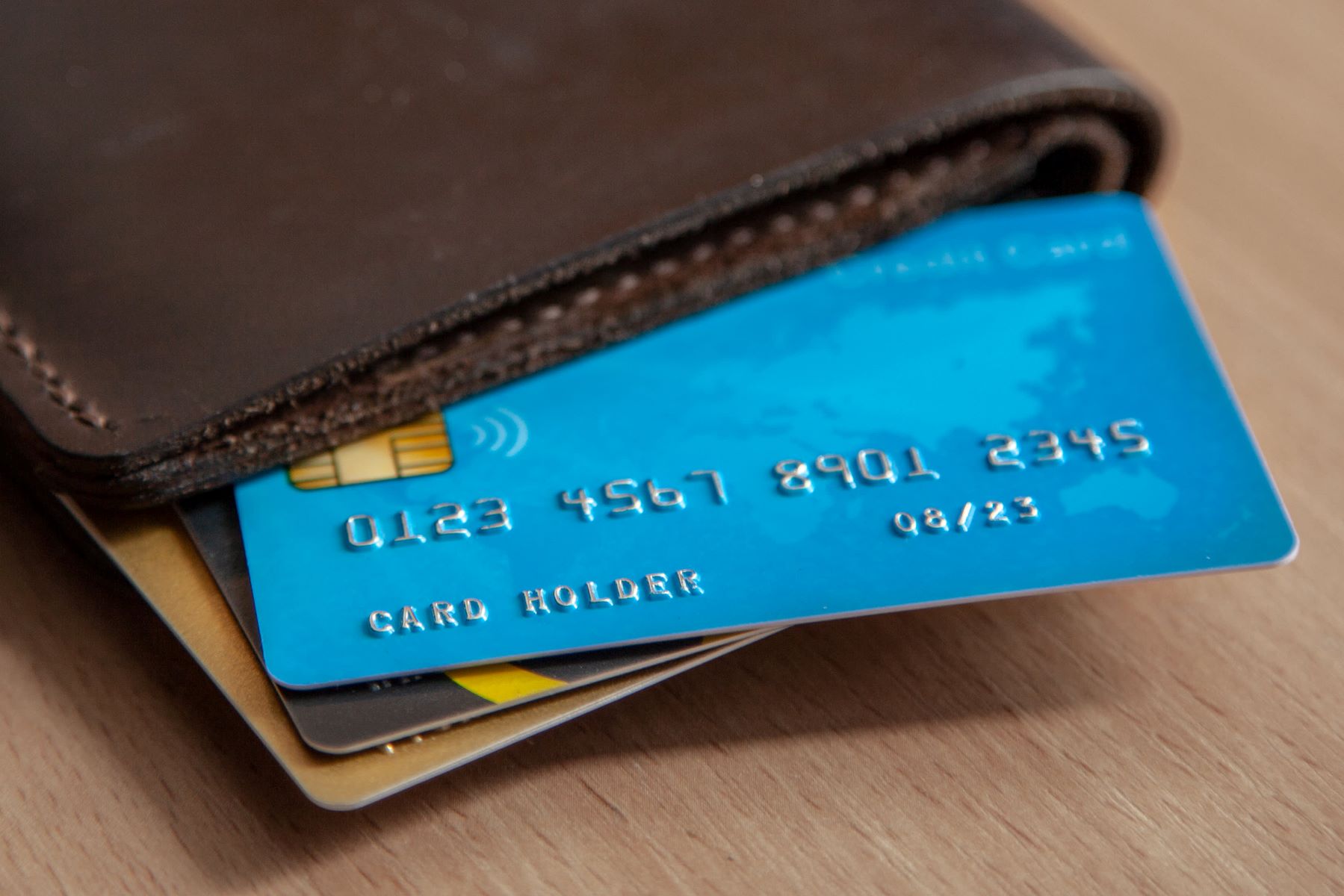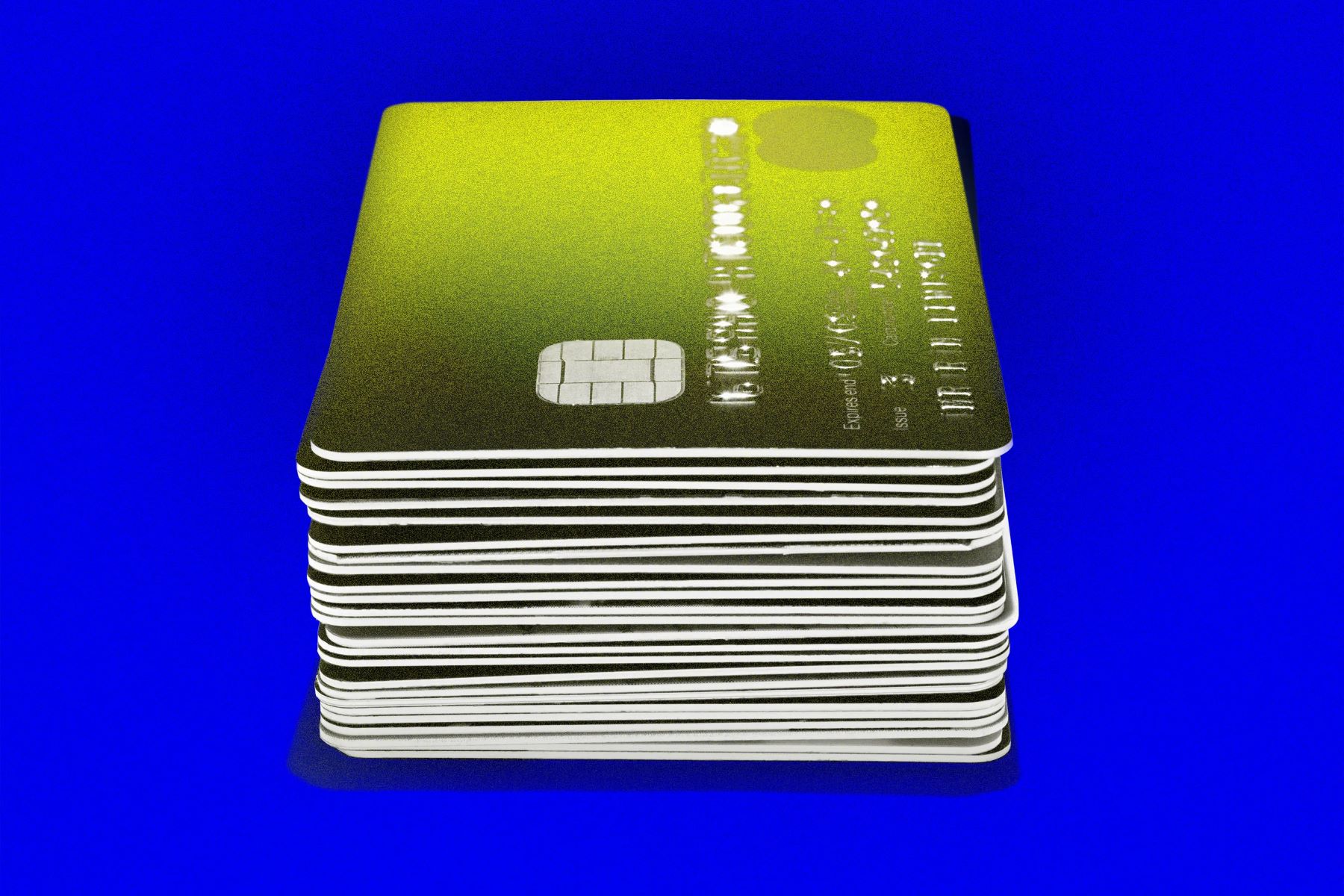

Finance
How To Clone A Credit Card
Published: October 24, 2023
Learn how to clone a credit card in this comprehensive finance guide. Discover the steps, precautions, and legal consequences involved.
(Many of the links in this article redirect to a specific reviewed product. Your purchase of these products through affiliate links helps to generate commission for LiveWell, at no extra cost. Learn more)
Table of Contents
Introduction
Welcome to the world of credit card cloning, a highly illegal and unethical activity that has become a major concern for financial institutions and individuals alike. With the advancements in technology and the increasing prevalence of online transactions, credit card cloning has become an alarming issue that can result in financial loss and identity theft.
Credit card cloning, also known as skimming, is the process of duplicating the information from a legitimate credit card and creating a replica that can be used fraudulently. This unauthorized reproduction allows criminals to access the victim’s funds and make unauthorized purchases or withdrawals.
In this comprehensive guide, we will delve into the intricate details of credit card cloning, including the equipment required, the process involved, and the precautions one should take to safeguard against such fraudulent activities. It is important to note that this guide is for informational purposes only and should not be used to engage in illegal activities.
The purpose of this article is to raise awareness about credit card cloning and its potential dangers. By understanding the techniques employed by criminals, individuals can better protect themselves and their financial information from falling victim to this type of fraud.
It is crucial to note that credit card cloning is a serious criminal offense with severe legal consequences. Engaging in such activities can lead to substantial fines, imprisonment, and irreversible damage to one’s personal and professional reputation. This article is not intended to encourage or promote illegal behavior, but rather to educate readers on the risks associated with credit card cloning and the importance of cyber security.
Now that we have set the context, let us dive deeper into the world of credit card cloning and explore its various facets.
Understanding Credit Card Cloning
Credit card cloning, also known as skimming, is a method used by criminals to illegally obtain credit card information and create counterfeit cards. It is a sophisticated form of fraud that involves the theft of sensitive financial data, including the cardholder’s name, card number, expiration date, and CVV code. This stolen information is then encoded onto a blank card, essentially creating a clone of the original credit card.
The process of credit card cloning typically begins with criminals obtaining the victim’s credit card information through various means. This can include installing skimming devices on ATMs or point-of-sale terminals, using hidden cameras to capture card details, or even hacking into databases that store credit card information.
Once the criminals have acquired the necessary information, they can create a replica card using card encoding devices or magnetic stripe writers. These devices allow them to transfer the stolen data onto blank cards, making them indistinguishable from genuine credit cards.
It is worth noting that credit card cloning is not limited to physical cards. With the rise of online shopping and the use of digital payment methods, cybercriminals have also developed techniques to clone credit cards virtually. This can involve hacking into online payment platforms or infecting computers with malware to capture credit card details during online transactions.
Once criminals have successfully cloned a credit card, they can use it to make fraudulent transactions. This can include making purchases at retail stores, withdrawing cash from ATMs, or even conducting online transactions. The unsuspecting victim may remain unaware of the fraudulent activities until they notice unauthorized charges on their credit card statement or their card is declined due to suspicious activity.
Credit card cloning poses a significant risk to both individuals and financial institutions. It not only leads to financial losses for victims but also undermines trust in the credit card industry as a whole. That is why it is crucial for individuals to be aware of the techniques used in credit card cloning and take necessary precautions to protect themselves from falling victim to this type of fraud.
Gathering Necessary Equipment
Credit card cloning is a sophisticated operation that requires specific equipment to successfully duplicate credit card information. These tools enable criminals to obtain the necessary data from legitimate credit cards and create replicas for fraudulent purposes.
The equipment needed for credit card cloning varies depending on the method employed by criminals. Here are some of the commonly used tools:
- Skimming Devices: Skimming devices are used to capture credit card information from unsuspecting victims. These devices can be installed on ATMs, gas pumps, or other point-of-sale terminals. They are designed to seamlessly blend with the legitimate card reader, making it difficult for individuals to detect their presence. When a victim inserts their credit card into the compromised device, it records the card’s magnetic stripe data, including the card number and other vital information.
- Hidden Cameras: Criminals may strategically place hidden cameras near ATMs or point-of-sale terminals to capture the victim’s PIN number and other sensitive information. These tiny cameras are often installed in inconspicuous locations, such as nearby foliage or modified parts of the surrounding environment. The captured footage is later used to decode the PIN and match it with the stolen credit card data.
- Card Encoding Devices: To create the cloned credit card, criminals need a card encoding device. This device is used to transfer the stolen credit card information onto a blank card, effectively creating a replica of the original. The encoding device typically reads the data from the magnetic strip of the legitimate card and transfers it onto the new card using a process called encoding or writing.
- Magnetic Stripe Writers: Similar to the card encoding devices, magnetic stripe writers are used to transfer the stolen data onto blank cards. These devices allow criminals to encode the captured credit card information onto the magnetic stripe of the fraudulent card. The end result is a counterfeit credit card that can be used for illicit purposes.
- Online Tools and Software: In addition to physical equipment, cybercriminals may also utilize online tools and software to clone credit cards virtually. These tools are designed to exploit vulnerabilities in online payment systems or intercept credit card information during online transactions. With the help of these digital tools, criminals can gather the necessary data to create counterfeit cards without physical access to the victim’s card.
It is important to note that the possession and use of these tools for credit card cloning are illegal in most jurisdictions. Engaging in such activities can result in severe penalties, including fines and imprisonment. It is crucial to be aware of the risks associated with credit card cloning and understand the importance of cybersecurity in protecting sensitive financial information.
Obtaining Victim’s Credit Card Information
Obtaining the victim’s credit card information is a critical step in the credit card cloning process. Criminals employ various techniques to acquire this sensitive data and use it to create counterfeit cards for fraudulent purposes. Here are some common methods used to obtain a victim’s credit card information:
- Skimming: Skimming is a popular method used by criminals to gather credit card information. They install skimming devices on ATMs, gas pumps, or other point-of-sale terminals. These devices are designed to secretly capture the victim’s credit card details when it is swiped or inserted. Skimming devices can be undetectable to unsuspecting individuals, as they are often designed to blend seamlessly with the legitimate card reader.
- Phishing: Phishing is a technique where criminals send deceptive emails or create fake websites to trick individuals into revealing their personal and financial information. They may impersonate reputable organizations or financial institutions and ask recipients to provide their credit card details. Unsuspecting victims may unknowingly provide their information, thinking they are interacting with a legitimate company.
- Unsecured Wi-Fi Networks: Criminals can also exploit the use of unsecured Wi-Fi networks to intercept credit card information. By setting up fake Wi-Fi hotspots or using hacking techniques, they can gain access to the data sent over these networks. Individuals who connect to these networks and make online transactions are at risk of having their credit card details intercepted.
- Physical Theft: Criminals may resort to physically stealing credit cards to obtain the necessary information. This can occur through pickpocketing, purse snatching, or even breaking into homes or vehicles. Once they have the physical credit card in their possession, they can extract the relevant information and use it to clone the card.
- Data Breaches: In recent years, there have been numerous high-profile data breaches where hackers gain unauthorized access to databases containing sensitive customer information. These breaches can expose credit card information, making it readily available for criminals to use in the credit card cloning process.
It is important to note that individuals can take precautions to minimize the risk of falling victim to such methods. Some best practices include being vigilant while using ATMs or point-of-sale terminals, ensuring the legitimacy of websites before entering personal information, avoiding unsecured Wi-Fi networks for sensitive transactions, and promptly reporting lost or stolen credit cards.
By understanding the various ways criminals obtain credit card information, individuals can take proactive measures to protect themselves against credit card cloning and minimize the risk of becoming victims of this illegal activity.
Cloning the Credit Card
Once the criminals have obtained the victim’s credit card information, the next step in the credit card cloning process is to create a replica card. This involves transferring the stolen data onto a blank card, making it indistinguishable from the original card. Here is a breakdown of the process involved in cloning a credit card:
- Gathering Equipment: As discussed earlier, criminals need specific equipment to clone a credit card successfully. This includes card encoding devices or magnetic stripe writers, which are used to transfer the stolen data onto a blank card.
- Blank Cards: Criminals acquire blank plastic cards that are similar to genuine credit cards. These blank cards serve as the foundation for creating the cloned card.
- Encoding the Information: Using the card encoding device or magnetic stripe writer, criminals transfer the stolen credit card information onto the magnetic stripe of the blank card. This includes the cardholder’s name, card number, expiration date, and CVV code. The encoding process ensures that the cloned card contains identical data to the original card.
- Testing the Cloned Card: Once the cloning process is complete, the criminals will typically test the cloned card to ensure its functionality. They may use it to make a small purchase or withdraw cash from an ATM. This allows them to verify that the cloned card works seamlessly without raising any suspicion.
- Discarding Evidence: To avoid detection, criminals often discard any evidence of the cloning process, such as the original card used for skimming or any equipment used during the encoding process. This further complicates investigating authorities’ ability to trace the crimes back to the criminals.
It is worth noting that credit card cloning techniques continue to evolve, and criminals are constantly finding new ways to exploit security vulnerabilities. This poses a significant challenge for financial institutions and individuals seeking to protect themselves from such fraudulent activities. Consequently, it is essential to remain vigilant and stay updated on the latest cybersecurity practices to minimize the risk of falling victim to credit card cloning.
Remember that credit card cloning is illegal and unethical. Engaging in such activities can result in severe legal consequences, including fines, imprisonment, and a tarnished reputation. It is crucial to prioritize the security of personal financial information and take necessary precautions to prevent unauthorized access or exploitation by criminals.
Testing and Using the Cloned Credit Card
Once criminals have successfully cloned a credit card, they need to test its functionality before exploiting it for fraudulent purposes. Testing the cloned credit card allows criminals to ensure that it works seamlessly without raising any suspicion. Here’s a closer look at the process of testing and using a cloned credit card:
- Small Purchases: Criminals often start by making small purchases using the cloned credit card. They may visit retail stores and buy inexpensive items that are less likely to raise suspicion or trigger fraud alerts. These small purchases help criminals verify that the cloned card can be used without detection.
- ATM Withdrawals: Another common way to test the cloned credit card is by withdrawing cash from ATMs. Criminals may visit multiple ATMs to access the victim’s funds and ensure that the cloned card can be used to make cash withdrawals successfully.
- Fraudulent Transactions: Once satisfied with the functionality of the cloned credit card, criminals will proceed to use it for fraudulent transactions. They may make larger purchases, book hotel stays, or engage in online shopping using the cloned card. The aim is to exploit the victim’s credit limit and access their funds for personal gain.
- Multiple Transactions: Criminals often maximize the use of the cloned credit card by conducting multiple transactions within a short period. This approach helps them maximize their financial gain while minimizing the chances of detection. By spreading the fraudulent activity across various locations and transactions, they aim to avoid raising suspicion from financial institutions and law enforcement agencies.
- Timeframe: Criminals are aware that the window of opportunity for using the cloned credit card is limited. Once the victim detects unauthorized transactions or the financial institutions identify suspicious activity, they will likely block the card and launch an investigation. Therefore, criminals aim to make the most of the cloned card within a narrow timeframe to avoid detection.
It is important to note that using a cloned credit card is a serious criminal offense. Engaging in such activities can lead to severe legal consequences, including imprisonment and substantial fines. Additionally, victims of credit card cloning may suffer financial losses and may need to go through a lengthy process of disputing unauthorized charges and restoring their credit.
To protect oneself from becoming a victim of credit card cloning, it is crucial to regularly monitor credit card statements for any unauthorized transactions. Promptly reporting any suspicious activity to the issuing bank can help mitigate potential losses and prevent further fraudulent activities. Furthermore, individuals should safeguard their credit card information, avoid sharing it with unauthorized parties, and be cautious when conducting transactions online or at unfamiliar locations.
By being vigilant and following best practices for credit card safety, individuals can reduce the risk of falling victim to credit card cloning and protect their hard-earned money.
Precautions and Legal Consequences
Given the serious nature of credit card cloning and the potential consequences, it is essential to take necessary precautions to protect oneself from falling victim to this illegal activity. Additionally, it is crucial to be aware of the legal implications associated with credit card cloning. Here are some precautions to consider and the potential legal consequences:
- Monitor Account Activity: Regularly monitor credit card statements and online banking activity to identify any unauthorized transactions promptly. Report any suspicious activity to the issuing bank or financial institution immediately to mitigate potential losses.
- Protect Card Information: Keep credit card information secure and avoid sharing it with unauthorized individuals or parties. Be cautious when providing credit card details online and ensure the website is secure before entering any sensitive information.
- Be Vigilant in Public Places: When using ATMs or making transactions in public places, check for any suspicious devices or anomalies. Cover the keypad when entering PIN numbers to avoid potential compromise.
- Use Secure Networks: Avoid using unsecured Wi-Fi networks for sensitive transactions, such as making purchases online. Hackers can intercept data sent over unsecured networks, potentially compromising credit card information.
- Report Lost or Stolen Cards: Immediately report lost or stolen credit cards to the issuing bank or financial institution. Promptly reporting the incident limits potential liability for unauthorized charges made with the lost or stolen card.
- Legal Consequences: Engaging in credit card cloning is a serious criminal offense that carries severe legal consequences. Depending on jurisdiction, penalties can include hefty fines, imprisonment, and a permanent criminal record. Additionally, individuals convicted of credit card cloning may face civil lawsuits and damage to their personal and professional reputation.
- Additional Charges: In addition to credit card cloning, criminals may face additional charges related to identity theft, fraud, or conspiracy, depending on the jurisdiction and the extent of their illegal activities.
- International Consequences: Credit card cloning is a global issue, and the legal consequences can vary from one country to another. It is crucial to be aware of international laws and regulations regarding credit card fraud to avoid potential legal complications when traveling abroad.
It is essential to prioritize cybersecurity and take necessary precautions to protect personal financial information. By staying informed, exercising caution, and promptly reporting any suspicious activity, individuals can reduce the risk of falling victim to credit card cloning and minimize the potential legal ramifications associated with engaging in illegal activities.
Ultimately, preventing credit card cloning requires a collective effort from individuals, financial institutions, and law enforcement agencies. By working together, we can create a safer environment and mitigate the risks posed by this form of fraud.
Conclusion
Credit card cloning is a serious and illegal activity that poses significant risks to individuals and financial institutions. By understanding the techniques used by criminals and taking necessary precautions, individuals can better protect themselves against credit card cloning and minimize the potential consequences.
In this comprehensive guide, we have explored the intricacies of credit card cloning, from the equipment required to the methods used to obtain victim’s credit card information. We’ve also discussed the process involved in cloning a credit card, testing it, and how criminals ultimately use the cloned card for fraudulent transactions.
Throughout the article, we have emphasized the importance of cybersecurity and the need to prioritize the protection of personal financial information. By being vigilant, monitoring account activity, and promptly reporting any suspicious transactions, individuals can reduce the risk of falling victim to credit card cloning and limit potential financial losses.
Moreover, it is crucial to comprehend the severe legal consequences associated with credit card cloning. Engaging in such activities can result in substantial fines, imprisonment, and a lasting impact on one’s personal and professional reputation. It is essential to always abide by the law and avoid involvement in illegal activities.
We hope that this guide has provided valuable insights into the world of credit card cloning, empowering readers to make informed decisions and take the necessary steps to protect themselves from this form of fraud.
Remember, the responsibility to safeguard personal financial information lies with individuals, financial institutions, and law enforcement agencies working together. By staying informed, employing caution, and adopting robust cybersecurity practices, we can create a safer environment and mitigate the risks associated with credit card cloning.

